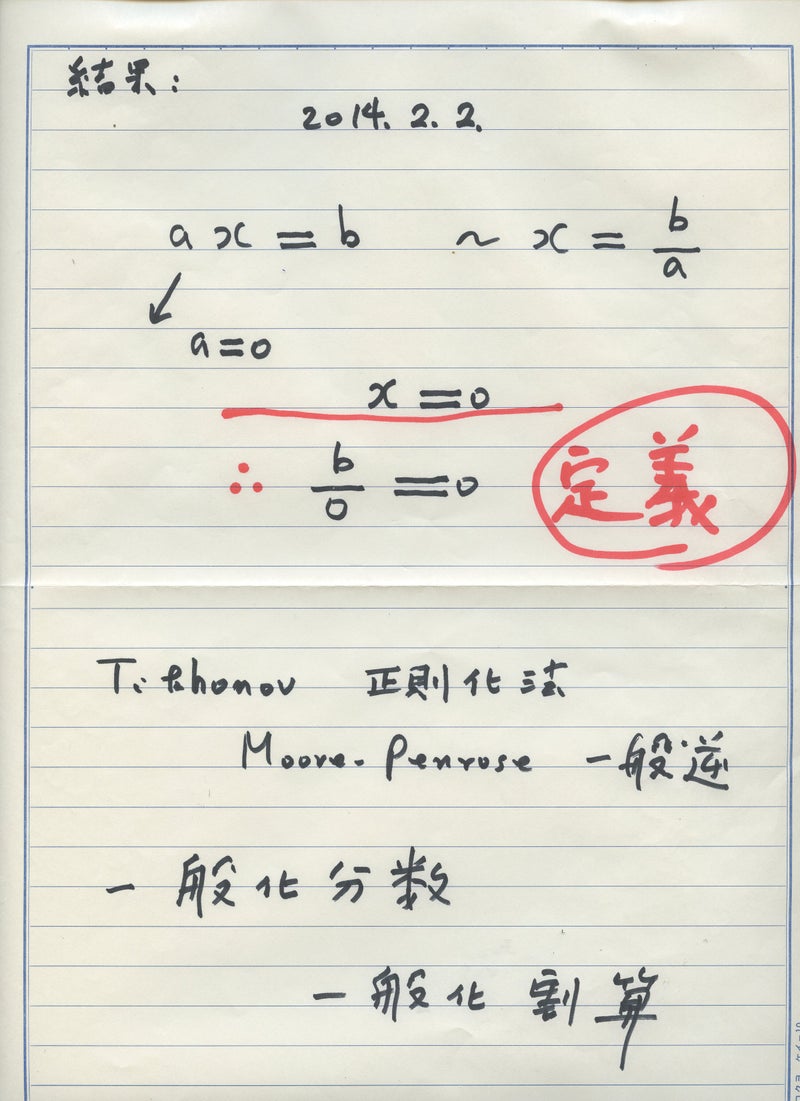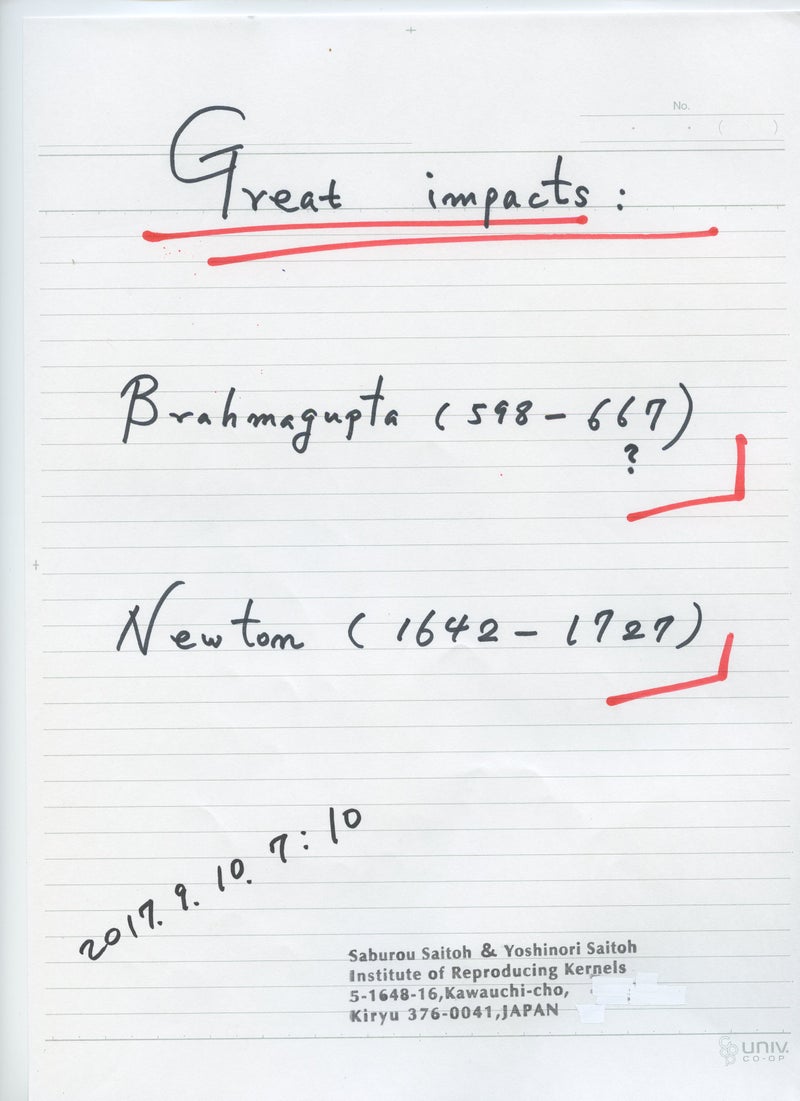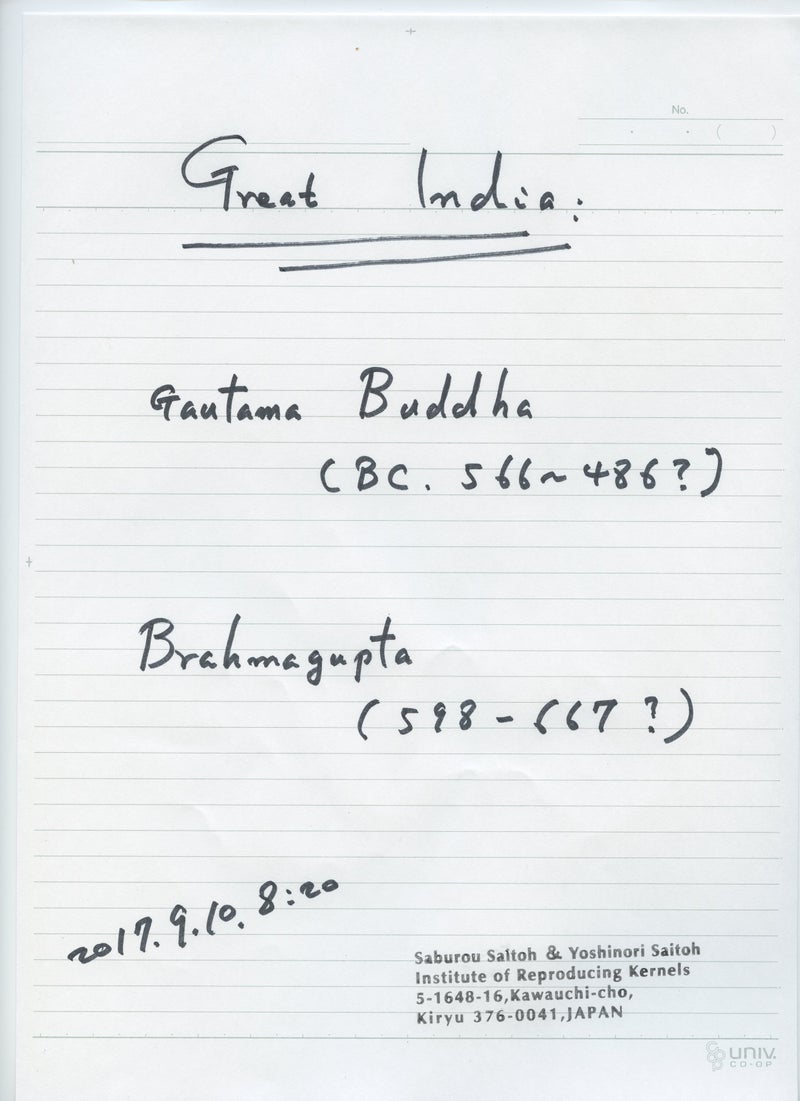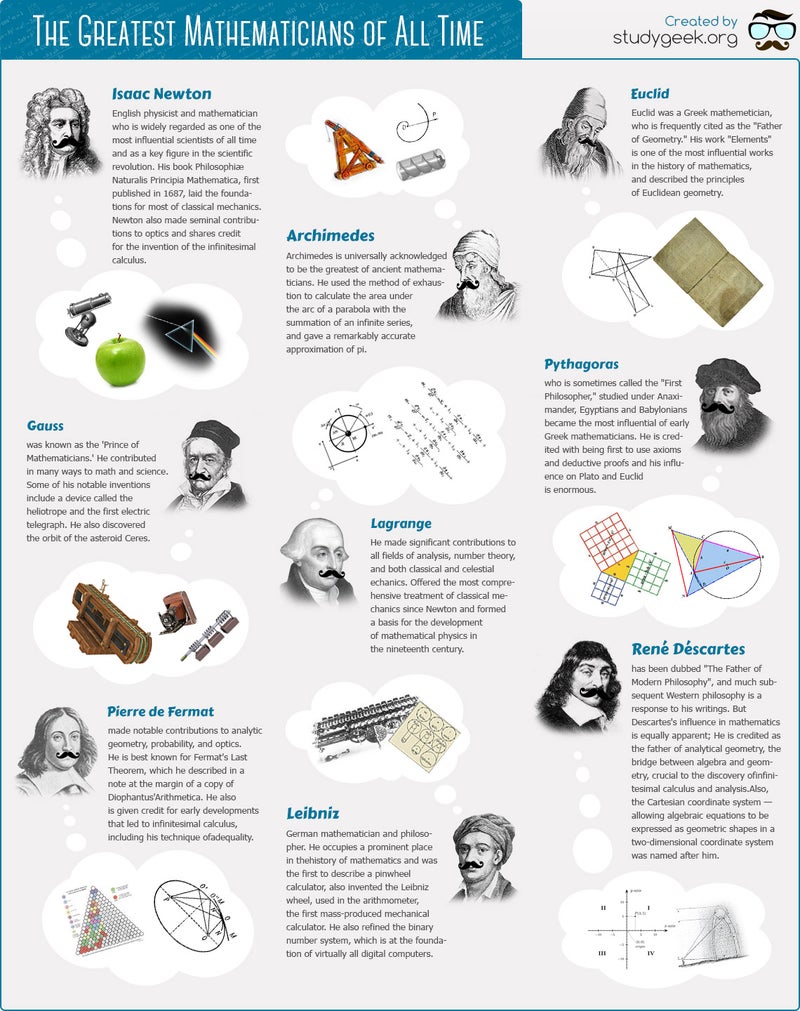Determinan que el símbolo del cero es 500 años más antiguo de lo que se pensaba
Fue hallado en un manuscrito indio del siglo III o IV. Allí se ve por primera vez el círculo vacío.

El manuscrito Bakhshali. Allí se observa por primera vez el cero como un símbolo de centro vacío. AFP
The Guardian. Especial
Nowt, nada, zilch: no hay nada nuevo acerca de la nada. Pero el momento en el que la ausencia de elementos se transformó en cero, un número por sí mismo, se considera uno de los grandes avances en la historia de la matemática. Hoy, los científicos rastrearon los orígenes de este salto conceptual hasta un antiguo texto de la India, conocido como el manuscrito Bakhshali, un texto que se conserva en el Reino Unido desde 1902.
La datación por carbono revela el texto fragmentado, que está inscripto en 70 trozos de corteza de abedul y contiene cientos de ceros, que datan del siglo III o IV, unos 500 años más antiguo de lo que creían los estudiosos previamente. Esto lo convierte en el origen del símbolo del cero más antiguo del mundo, que usamos hoy.

El manuscrito Bakhshali es conservado en el Reino Unidos desde principios del Siglo XX. AFP
Marcus du Sautoy, profesor de matemática en la Universidad de Oxford, afirmó: “Hoy damos por sentado que el concepto de cero se usa en todo el mundo y que nuestro mundo digital completo se basa en la nada o en algo. Pero hubo un tiempo en que este número no existía”. El manuscrito Bakhshali fue encontrado en 1881, enterrado en un campo en un pueblo denominado Bakhshali, cerca de Peshawar, en la actualidad una región de Pakistán. Lo descubrió un agricultor local y más tarde, fue adquirido por la Biblioteca Bodleiana en Oxford.
Las traducciones del texto, que están escritas en una forma de sánscrito, sugieren que era una especie de manual de entrenamiento para los mercaderes que comerciaban por la Ruta de la Seda, e incluye ejercicios prácticos de aritmética y algo parecido al álgebra. “Hay mucho del tipo de: ‘Si alguien compra esto y vende esto, ¿cuánto le queda?’” dijo Du Sautoy.
En el documento frágil, el cero no aparece como número por sí mismo, sino como un marcador de posición en un sistema de números, así como el “0” en el “101” indica la ausencia de decenas. Muestra un problema para el cual la respuesta es el cero, pero aquí la respuesta queda en blanco.

Los distintos fragmentos del manuscrito Bakhshali. AFP
Varias culturas antiguas aparecieron independientemente con símbolos marcadores de posición similares. Los babilonios utilizaron una doble cuña para la nada como parte de los símbolos cuneiformes que datan de hace 5.000 años, mientras que los mayas utilizaban una caparazón para denotar ausencia en su sistema calendario complejo.
Sin embargo, el símbolo del punto en el manuscrito Bakhshali es el que evolucionó finalmente hacia la versión del símbolo con el centro vacío, que usamos en la actualidad. También mostró la semilla del cero como número, que se describe por primera vez en un texto denominado Brahmasphutasiddhanta, escrito por el astrónomo y matemático indio Brahmagupta en el año 628 d. C.
La sonda Cassini está en la cuenta regresiva hacia su final
“Este punto se transforma en el nacimiento del concepto del cero por sí mismo y es una revolución total que sucede fuera de India”, afirmó Du Sautoy.
El desarrollo del cero como concepto matemático se puede haber inspirado en la larga tradición filosófica de la región de contemplar el vacío, y puede explicar por qué el concepto tardó tanto en ser captado en Europa, que carecía de los mismos puntos de referencia culturales. “Este concepto proviene de una cultura que está bastante contenta de concebir el vacío, de concebir el infinito”, dijo Du Sautoy. “Es interesante reconocer que la cultura es importante para hacer grandes avances matemáticos”.
A pesar de desarrollar una matemática y geometría sofisticadas, los antiguos griegos no tenían símbolo para el cero, por ejemplo, lo que demuestra que mientras el concepto cero hoy puede resultar familiar, no era tan obvio.
El hallazgo de unos huesos en Roma reaviva el enigma del primer Papa
En el último estudio, se extrajeron tres muestras del manuscrito y fueron analizadas en la Unidad de Acelerador de Carbono de Oxford. Los resultados revelaron que las tres muestras evaluadas datan de tres siglos distintos, una, de 224-383 d. C., otra, de 680-779 d.C. y una más, de 885-993 D. C., generando más interrogantes acerca del motivo por el cual el manuscrito apareció unificado como un único documento.
Histórica evacuación en Alemania para desarmar una bomba de la Segunda Guerra
El desarrollo del cero en matemáticas sostiene una increíble variedad de trabajos adicionales, incluyendo la noción de infinito, la noción moderna del vacío en la física cuántica y algunas de las preguntas más profundas en la cosmología del origen del Universo; y cómo podría desaparecer de la existencia en algún escenario futuro inimaginable.
Traducción: Patricia Sar
https://www.clarin.com/sociedad/determinan-simbolo-cero-500-anos-antiguo-pensaba_0_HyTYK5hc-.html
とても興味深く読みました:
\documentclass[12pt]{article}
\usepackage{latexsym,amsmath,amssymb,amsfonts,amstext,amsthm}
\numberwithin{equation}{section}
\begin{document}
\title{\bf Announcement 380: What is the zero?\\
(2017.8.21)}
\author{{\it Institute of Reproducing Kernels}\\
Kawauchi-cho, 5-1648-16,\\
Kiryu 376-0041, Japan\\
}
\date{\today}
\maketitle
\section{What is the zero?}
The zero $0$ as the complex number or real number is given clearly by the axions by the complex number field and real number field.
For this fundamental idea, we should consider the {\bf Yamada field} containing the division by zero. The Yamada field and the division by zero calculus will arrange our mathematics, beautifully and completely; this will be our natural and complete mathematics.
\medskip
\section{ Double natures of the zero $z=0$}
The zero point $z=0$ represents the double natures; one is the origin at the starting point and another one is a representation of the point at infinity. One typical and simple example is given by $e^0 = 1,0$, two values. {\bf God loves two}.
\section{Standard value}
\medskip
The zero is a center and stand point (or bases, a standard value) of the coordinates - here we will consider our situation on the complex or real 2 dimensional spaces. By stereographic
projection mapping or the Yamada field, the point at infinity $1/0$ is represented by zero. The origin of the coordinates and the point at infinity correspond each other.
As the standard value, for the point $\omega_n = \exp \left(\frac{\pi}{n}i\right)$ on the unit circle $|z|=1$ on the complex $z$-plane is, for $n = 0$:
\begin{equation}
\omega_0 = \exp \left(\frac{\pi}{0}i\right)=1, \quad \frac{\pi}{0} =0.
\end{equation}
For the mean value
$$
M_n = \frac{x_1 + x_2 +... + x_n}{n},
$$
we have
$$
M_0 = 0 = \frac{0}{0}.
$$
\medskip
\section{ Fruitful world}
\medskip
For example, for very and very general partial differential equations, if the coefficients or terms are zero, then we have some simple differential equations and the extreme case is all the terms are zero; that is, we have trivial equations $0=0$; then its solution is zero. When we consider the converse, we see that the zero world is a fruitful one and it means some vanishing world. Recall Yamane phenomena (\cite{kmsy}), the vanishing result is very simple zero, however, it is the result from some fruitful world. Sometimes, zero means void or nothing world, however, it will show {\bf some changes} as in the Yamane phenomena.
\section{From $0$ to $0$; $0$ means all and all are $0$}
\medskip
As we see from our life figure (\cite{osm}), a story starts from the zero and ends with the zero. This will mean that $0$ means all and all are $0$. The zero is a {\bf mother} or an {\bf origin} of all.
\medskip
\section{ Impossibility}
\medskip
As the solution of the simplest equation
\begin{equation}
ax =b
\end{equation}
we have $x=0$ for $a=0, b\ne 0$ as the standard value, or the Moore-Penrose generalized inverse. This will mean in a sense, the solution does not exist; to solve the equation (6.1) is impossible.
We saw for different parallel lines or different parallel planes, their common points are the origin. Certainly they have the common points of the point at infinity and the point at infinity is represented by zero. However, we can understand also that they have no solutions, no common points, because the point at infinity is an ideal point.
Of course. we can consider the equation (6.1) even the case $a=b=0$ and then we have the solution $x=0$ as we stated.
We will consider the simple differential equation
\begin{equation}
m\frac{d^2x}{dt^2} =0, m\frac{d^2y}{dt^2} =-mg
\end{equation}
with the initial conditions, at $t =0$
\begin{equation}
\frac{dx}{dt} = v_0 \cos \alpha , \frac{d^2x}{dt^2} = \frac{d^2y}{dt^2}=0.
\end{equation}
Then, the highest high $h$, arriving time $t$, the distance $d$ from the starting point at the origin to the point $y(2t) =0$ are given by
\begin{equation}
h = \frac{v_0 \sin^2 \alpha}{2g}, d= \frac{v_0\sin \alpha}{g}
\end{equation}
and
\begin{equation}
t= \frac{v_0 \sin \alpha}{g}.
\end{equation}
For the case $g=0$, we have $h=d =t=0$. We considered the case that they are the infinity; however, our mathematics means zero, which shows impossibility.
These phenomena were looked many cases on the universe; it seems that {\bf God does not like the infinity}.
\bibliographystyle{plain}
\begin{thebibliography}{10}
\bibitem{kmsy}
M. Kuroda, H. Michiwaki, S. Saitoh, and M. Yamane,
New meanings of the division by zero and interpretations on $100/0=0$ and on $0/0=0$,
Int. J. Appl. Math. {\bf 27} (2014), no 2, pp. 191-198, DOI: 10.12732/ijam.v27i2.9.
\bibitem{msy}
H. Michiwaki, S. Saitoh, and M.Yamada,
Reality of the division by zero $z/0=0$. IJAPM International J. of Applied Physics and Math. {\bf 6}(2015), 1--8. http://www.ijapm.org/show-63-504-1.html
\bibitem{ms}
T. Matsuura and S. Saitoh,
Matrices and division by zero $z/0=0$, Advances in Linear Algebra
\& Matrix Theory, 6 (2016), 51-58. http://dx.doi.org/10.4236/alamt.2016.62007 http://www.scirp.org/journal/alamt
\bibitem{mos}
H. Michiwaki, H. Okumura, and S. Saitoh,
Division by Zero $z/0 = 0$ in Euclidean Spaces.
International Journal of Mathematics and Computation Vol. 28(2017); Issue 1, 2017), 1-16.
\bibitem{osm}
H. Okumura, S. Saitoh and T. Matsuura, Relations of $0$ and $\infty$,
Journal of Technology and Social Science (JTSS), 1(2017), 70-77.
\bibitem{romig}
H. G. Romig, Discussions: Early History of Division by Zero,
American Mathematical Monthly, Vol. 31, No. 8. (Oct., 1924), pp. 387-389.
\bibitem{s}
S. Saitoh, Generalized inversions of Hadamard and tensor products for matrices, Advances in Linear Algebra \& Matrix Theory. {\bf 4} (2014), no. 2, 87--95. http://www.scirp.org/journal/ALAMT/
\bibitem{s16}
S. Saitoh, A reproducing kernel theory with some general applications,
Qian,T./Rodino,L.(eds.): Mathematical Analysis, Probability and Applications - Plenary Lectures: Isaac 2015, Macau, China, Springer Proceedings in Mathematics and Statistics, {\bf 177}(2016), 151-182 (Springer).
\bibitem{ttk}
S.-E. Takahasi, M. Tsukada and Y. Kobayashi, Classification of continuous fractional binary operations on the real and complex fields, Tokyo Journal of Mathematics, {\bf 38}(2015), no. 2, 369-380.
\bibitem{ann179}
Announcement 179 (2014.8.30): Division by zero is clear as z/0=0 and it is fundamental in mathematics.
\bibitem{ann185}
Announcement 185 (2014.10.22): The importance of the division by zero $z/0=0$.
\bibitem{ann237}
Announcement 237 (2015.6.18): A reality of the division by zero $z/0=0$ by geometrical optics.
\bibitem{ann246}
Announcement 246 (2015.9.17): An interpretation of the division by zero $1/0=0$ by the gradients of lines.
\bibitem{ann247}
Announcement 247 (2015.9.22): The gradient of y-axis is zero and $\tan (\pi/2) =0$ by the division by zero $1/0=0$.
\bibitem{ann250}
Announcement 250 (2015.10.20): What are numbers? - the Yamada field containing the division by zero $z/0=0$.
\bibitem{ann252}
Announcement 252 (2015.11.1): Circles and
curvature - an interpretation by Mr.
Hiroshi Michiwaki of the division by
zero $r/0 = 0$.
\bibitem{ann281}
Announcement 281 (2016.2.1): The importance of the division by zero $z/0=0$.
\bibitem{ann282}
Announcement 282 (2016.2.2): The Division by Zero $z/0=0$ on the Second Birthday.
\bibitem{ann293}
Announcement 293 (2016.3.27): Parallel lines on the Euclidean plane from the viewpoint of division by zero 1/0=0.
\bibitem{ann300}
Announcement 300 (2016.05.22): New challenges on the division by zero z/0=0.
\bibitem{ann326}
Announcement 326 (2016.10.17): The division by zero z/0=0 - its impact to human beings through education and research.
\bibitem{ann352}
Announcement 352(2017.2.2): On the third birthday of the division by zero z/0=0.
\bibitem{ann354}
Announcement 354(2017.2.8): What are $n = 2,1,0$ regular polygons inscribed in a disc? -- relations of $0$ and infinity.
\bibitem{362}
Announcement 362(2017.5.5): Discovery of the division by zero as
$0/0=1/0=z/0=0$.
\end{thebibliography}
\end{document}
The division by zero is uniquely and reasonably determined as 1/0=0/0=z/0=0 in the natural extensions of fractions. We have to change our basic ideas for our space and world
Division by Zero z/0 = 0 in Euclidean Spaces
Hiroshi Michiwaki, Hiroshi Okumura and Saburou Saitoh
International Journal of Mathematics and Computation Vol. 28(2017); Issue 1, 2017), 1
-16.
http://www.scirp.org/journal/alamt http://dx.doi.org/10.4236/alamt.2016.62007
http://www.ijapm.org/show-63-504-1.html
http://www.diogenes.bg/ijam/contents/2014-27-2/9/9.pdf
http://okmr.yamatoblog.net/division%20by%20zero/announcement%20326-%20the%20divi
http://okmr.yamatoblog.net/
Relations of 0 and infinity
Hiroshi Okumura, Saburou Saitoh and Tsutomu Matsuura:
http://www.e-jikei.org/…/Camera%20ready%20manuscript_JTSS_A…
https://sites.google.com/site/sandrapinelas/icddea-2017
2017.8.21.06:37
1/0=0、0/0=0、z/0=0
http://ameblo.jp/syoshinoris/entry-12276045402.html
1/0=0、0/0=0、z/0=0
http://ameblo.jp/syoshinoris/entry-12263708422.html
1/0=0、0/0=0、z/0=0
http://ameblo.jp/syoshinoris/entry-12272721615.html



























